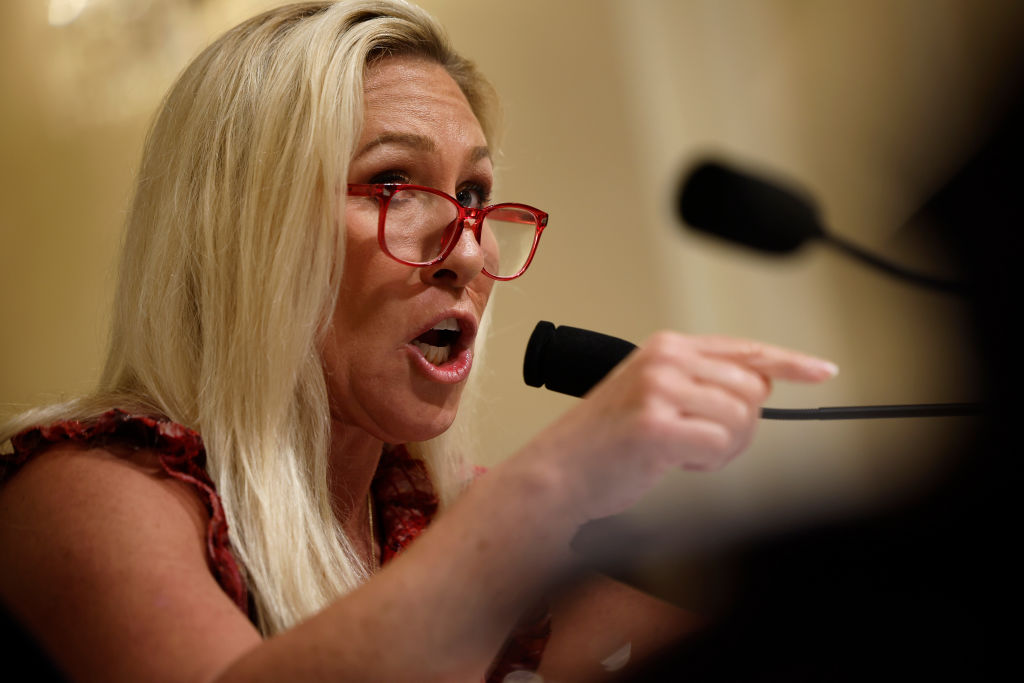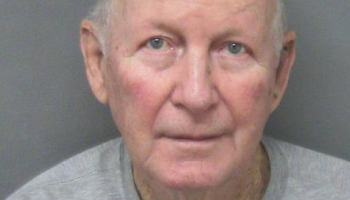The National Urban League released the 40th edition of the “State of Black America,” a semiannual publication that has become one of the most highly anticipated benchmarks and sources for thought leadership around racial equality in America across economics, employment, education, health, housing, criminal justice, and civic participation.
The report includes insights from politicians, NGOS, and academia, and analyzes the data in the Black-White and Hispanic-White Equality Indices designed to track racial equality.
Here are three Fast Facts about 2016’s “State of Black America.”
Toledo, OH had the lowest median Black household income ($22,386). The White household income was low too, but still more than double the Black income:
The State of Black America shows that the Black-White Household Income index is 44 percent in Toledo, OH. When compared with 2015, the household income for White families increased, while the household income for Black families decreased. This trend held for at least 6 of the selected metro areas.
The foreclosure crisis has left Black homeownership rates the same as in 1976, while White homeownership went up 5 percentage points:
During the Great Recession, housing prices declined, and the foreclosure rates increased significantly. The high frequency “highlights the negative consequences of reckless and inadequate monitored lending,” according to the Center for Responsible Lending. In 2010, the Center analyzed data reflecting foreclosures by race and ethnicity. Because Black families lag behind White families in terms of income, education, and wealth, the foreclosure crisis is a byproduct of such disparities.
For Latinos, the median household income was closest to White household income in urban Honolulu, HI at 80 cents for every dollar:
Last year, Honolulu, HI was seventh on the Hispanic-White Metropolitan Equality Index, and this year, the income status of Hispanics improved. In a rare instance, the household income increased more than White counterparts. The same phenomenon occurred for Black families living in the greater New York City area, but the region’s index still ranks 40 out of 70.
You can find more on the State of Black America, here.
















